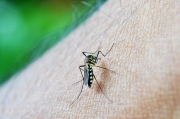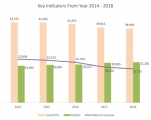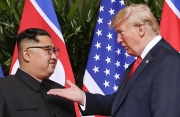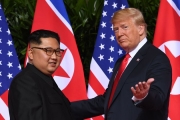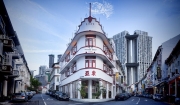REMARKS BY PRIME MINISTER LEE HSIEN LOONG ON THE COVID-2019
SITUATION ON 3 APRIL 2020
My fellow Singaporeans
Good evening
Update on current situation
1. I last spoke to you on COVID-19 three weeks ago
2. Since then, the number of new cases daily has begun to rise
a. We used to see fewer than 10 new cases a day
b. But in the last two weeks, despite our best efforts, we have routinely
had more than 50 new cases daily
3. Initially, many of the new cases were imported from overseas, mostly
returning Singaporeans
a. Then last week, we began to have more local cases
b. Furthermore, despite our good contact tracing, for nearly half of
these cases, we do not know where or from whom the person caught the
virus
2
c. This suggests that there are more people out there who are infected,
but who have not been identified. And they may be passing the virus
unknowingly to others
4. In the last few days, we have also discovered several clusters at foreign
worker dormitories, and one at a nursing home
a. These are very worrying, because large numbers of people live
together in dormitories and nursing homes
b. A single case can quickly lead to a large cluster
c. Furthermore, nursing home patients are mostly old and frail, and
very vulnerable to the virus
Applying a circuit breaker
5. As the situation developed over the past weeks, we have tightened our
safe-distancing measures progressively
a. Singaporeans have responded well, calmly and responsibly, and
made adjustments in their daily lives
b. By working together, we have kept the outbreak under control
6. But looking at the trend, I am worried that unless we take further steps,
things will gradually get worse, or another big cluster may push things over the
edge
a. I discussed this with the Multi-Ministry Task Force (MTF)
b. We have decided that instead of tightening incrementally over the
next few weeks, we should make a decisive move now, to pre-empt
escalating infections
3
c. We will therefore impose significantly stricter measures. This is like a
circuit breaker
i. It will help reduce the risk of a big outbreak occurring
ii. And it should also help to gradually bring our numbers down
iii. This in turn will then allow us to relax some of the measures
d. This circuit breaker will apply for one month, in the first instance
e. The Task Force is holding a Press Conference immediately after I
finish speaking to you, to explain the details
f. But let me give you the key points
7. First, we will close most workplaces, except for essential services and key
economic sectors
a. Food establishments, markets and supermarkets, clinics, hospitals,
utilities, transport and key banking services will remain open. They are
essential services
b. We also should not disrupt economic sectors that are strategic, or
form part of a global supply chain
c. People working in these industries can continue to go to work, with
safe-distancing measures in place
d. But most other work premises must close
e. If the person can work from home, he should do so
f. But others will not be able to, including foreign workers on
construction sites and in shipyards
4
i. These workers live in dormitories, and we will make
arrangements to look after them
g. This will take effect from next Tuesday
h. We have to ensure that most of our workforce stays at home and
limit their physical interaction to as few people as possible
8. Second, we will also move to full home-based learning in our schools and
institutes of higher learning (IHLs)
a. We started with one day of home-based learning this week
i. This has gone smoothly, with teething issues being resolved
b. MOE will work with the schools to implement full home-based
learning starting next Wednesday
c. All preschool and student care centres will also be closed, but will
provide limited services for children of parents who have to continue
working and are unable to make alternative care arrangements
9. Third, we will tighten our restrictions on movements and gatherings of
people
a. It boils down to three things
i. First, stay at home, as much as possible
ii. Second, avoid socialising with others beyond your own
household
(1) Gatherings should be confined to your household
5
(2) Avoid visiting even your extended families who are not
staying with you, especially if they are elderly or vulnerable
iii. Third, go out only to do essential things
(1) For work, if you are in essential services or key economic
sectors
(2) To buy food at markets, or to take out from restaurants
and hawker centres
(3) Or to exercise in the neighbourhood park, keeping a safe
distance from others
b. The spirit of these measures is to get all of us to minimise physical
contact
i. If we don’t go out, if we avoid contact with others, then the
virus won’t be able to spread
ii. It is as simple as that
10. I know this is very hard to do
a. As a practical matter, in places like hawker centres and wet markets,
it is difficult to practise safe-distancing, especially on the weekends when
it is crowded
i. It will help if we all adjust our habits
ii. For example, do our marketing on weekdays instead of
weekends to avoid the crowd
6
iii. We will also deploy more Safe-Distancing Ambassadors to
encourage people more firmly not to crowd together, so please
cooperate with them
b. Safe distancing is also hard for a psychological and emotional reason:
it goes very much against our human instincts
i. It is in our nature to want to socialise, to be close to those we
are talking to, to take comfort in the warmth and company of friends
and family
ii. I fully understand this
c. But I hope you will also understand why we all have to take social
distancing extremely seriously in this period
i. This is the only effective way to slow the transmission of the
virus, so that we gradually bring our numbers down
ii. It is also the best way to keep our families safe, and particularly
to protect our seniors from getting ill
d. So please bear with the painful adjustments that we have make
e. Each and every one of us can, and must do our part, to keep
everyone in Singapore safe from COVID-19
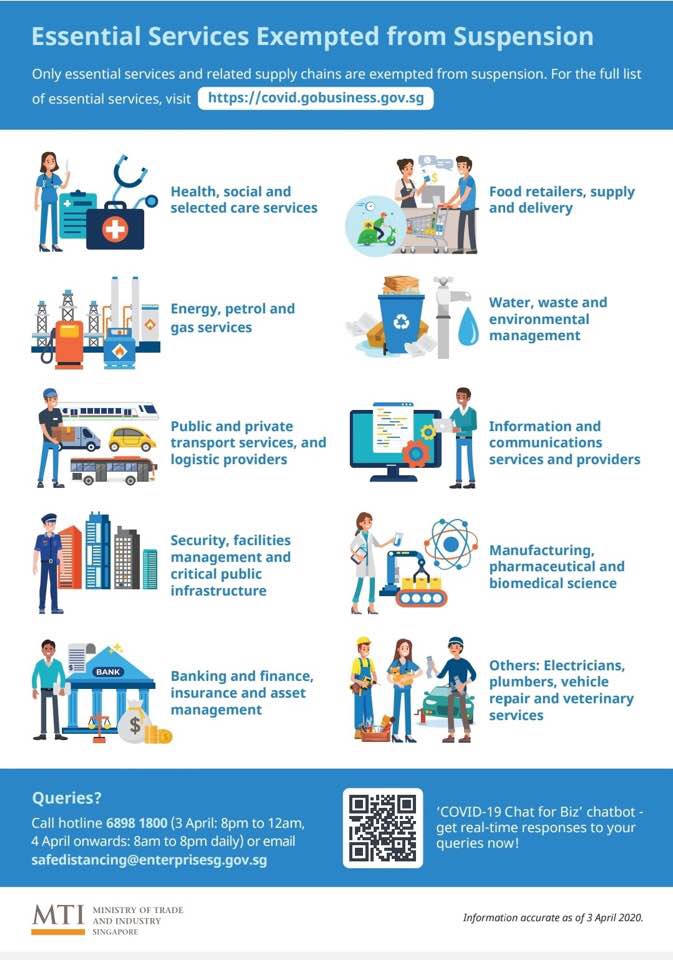



 4월 3일 서킷 브레이커 발표 주요 내용 [대사관 공지]
4월 3일 서킷 브레이커 발표 주요 내용 [대사관 공지]
 제21대 국회의원 선거 재외투표소 운영 안내 (2020.4.3 ~ 4.5)
제21대 국회의원 선거 재외투표소 운영 안내 (2020.4.3 ~ 4.5)
